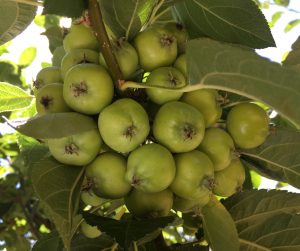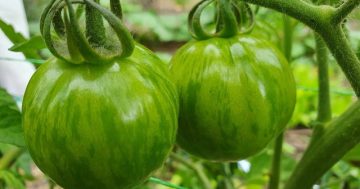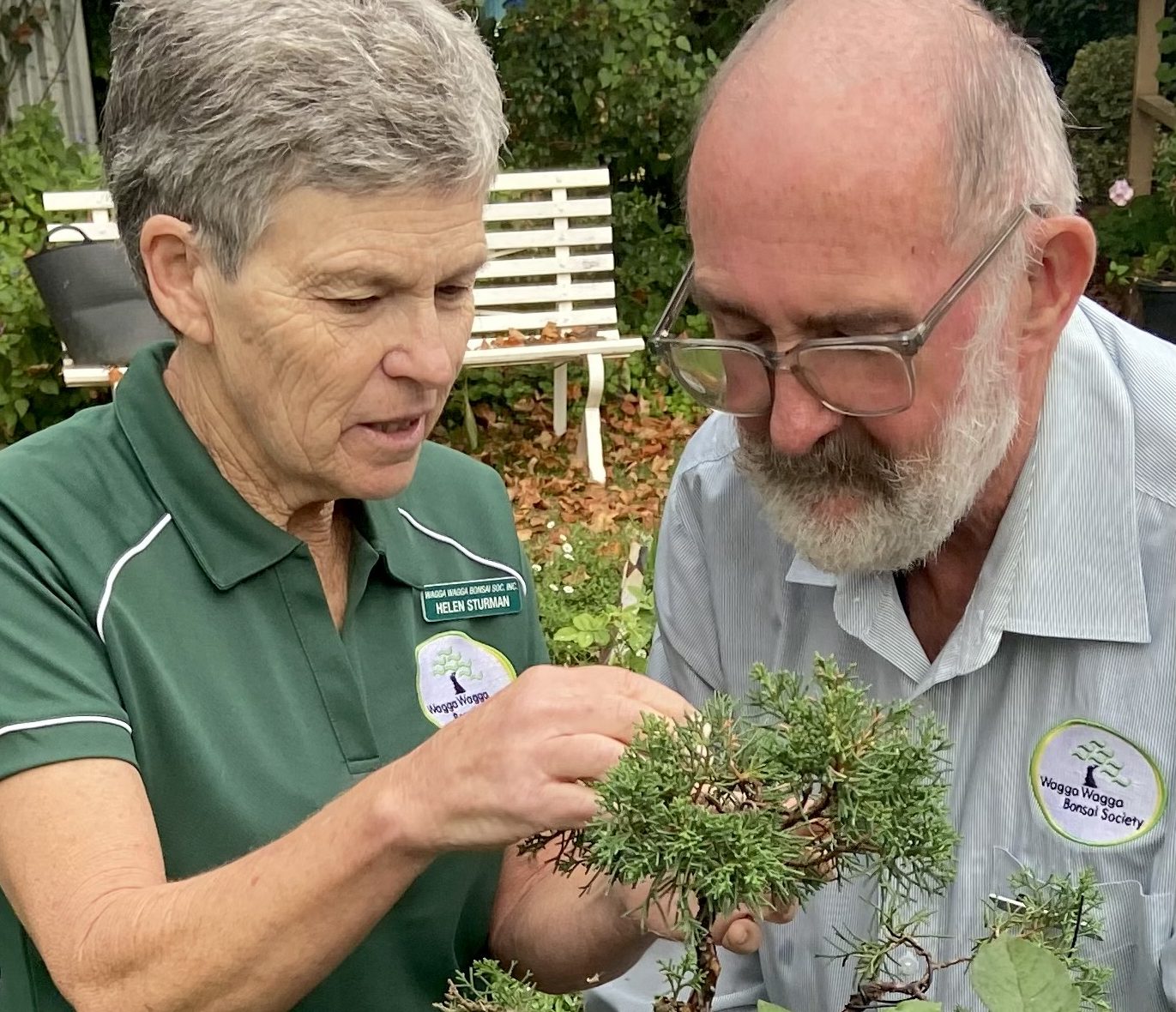Everything is crispy, trees are turning up their toes and dust is now the common ground cover.
How on earth can we keep a productive vegetable patch and prevent fruit trees from losing their crop in these extreme dry times?
Part of the answer – grow plants that are up to the challenge.
Heat tolerant plants for the vegetable garden:
Arugula – wild rocket, spicy peppery flavour
Beans – dwarf varieties
Broccoli – picking varieties
Capsicums – all peppers including chili
Corn – nothing better than your own
Cucumbers – the small varieties work better in tough conditions
Eggplant – once again the smaller varieties work better and grow quicker
Hardy woody herbs – Mediterranean herbs such as rosemary or bush basil
Pumpkin – the smaller, quicker growing varieties
Silverbeet – perennial varieties work well
Spring onions – keep planting out to keep up a supply
Tomatoes – smaller varieties of fruiting toms grow well in tough conditions
Weeds – yep, you can eat’em. Purslane, warrigal greens, dandelion; all good to add to your menu
Zucchini – smaller varieties again do better
Fruit trees that cope with heat (to a point):
Almond
Apple – dwarf and smaller fruit varieties
Apricot
Avocado
Banana – on greywater if possible
Pear
Passionfruit
Plum – Asian varieties
Pomegranate
Macadamia
Red Mulberry
Walnut
And once you have them in the ground, some tips on keeping the moisture up to them…
During the planning stage of making your garden it is vital to think about water – availability, easy access, recycling and ways of keeping it on (or off!) the block for as long as possible as needed. This determines the size of the garden and what you can produce using the resources you have.
If your garden or orchard is on a slope you may have to introduce terracing or swaling (a ditch on the contour) to help slow water down so that it seeps down into the ground instead of running off the top.
Do you have access to town water?
If you’re on town water you will have to decide if you’re prepared to pay for its use. If you are on dam water or tanks then it is important to manage your use over the drier seasons.
You have to regularly maintain all taps, connections, and joins – leaks stick out rather easily with lots of green turning up in unusual areas.
Remember 1 ml of rain on 1 square foot of roof catchment means 1 litre in the tank.
Watering the garden deeply once or twice a week, usually in the evening, really helps maintain good root coverage below ground. If you miss an evening, early morning is second best.
In prolonged extreme temps and hot winds, you may have to water every day or every second day depending on water availability.
You could also look at recycling your greywater out into the garden. There are certain rules to follow so read up on the local council regulations.
Kitchen, bathroom and laundry greywater will need to go through a filtration system to take out any impurities.
You can use laundry greywater straight out on the vegetable patch – but only if you aren’t washing nappies. If you do wash nappies you will have to put the water through a filtration system before it goes onto the garden.
There are many designs out there on the net, ranging from simple reedbed systems to very expensive technology.
And remember to use eco/soil/plant friendly detergents for greywater use.
Mulch deeply to keep in moisture
I start my beds with no-dig gardening techniques and keep adding throughout the seasons as needed.
I make sure I have at least 10cms of mulch around the summer vegetables that need it – leafy greens, tomatoes, soft herbs such as basil, brassica’s, capsicums, chilli, zuchinni, etc.
I don’t mulch around any alliums though – onions, spring onions, chives.
Remember to keep up the slug and snail baiting throughout this time too as deep mulch can also help them survive the heat.
With fruit trees, mulch to the drip line of the tree – where the end of the branch hangs down to the ground is the usual size of the root ball.
In extreme weather conditions, you may have to decide what to keep growing and what to let go?
If you do have to make the decision to stop using some garden beds, it is a good idea to ready that bed for fallowing – letting it sit there – weed free if possible, fertilised and mulched – until the weather turns and you can replant for the next season when it looks like enough rain has returned.
Plant out larger vegetables on the hottest side of the garden to help protect and shade the smaller, less hardy varieties. Companion planting guides will help you choose who can tolerate who.
If you have a netted orchard you could plant a shelterbelt of smaller trees on the west/northwest side of the fence to provide shade and wind shelter.
You need to make sure the shelter belt is far enough away so that root invasion isn’t a problem in the orchard. Choose trees with a small root ball.
Most eucalyptus have roots that can travel up to 45 metres looking for sustenance.
In extreme conditions, shade cloth can be hung above your fruit tree and to the windiest side to help keep them cool.
If you have limited water you may need to take half or more of the younger fruit off to help the tree cope.
Play, plant and go well my gardening friends.










